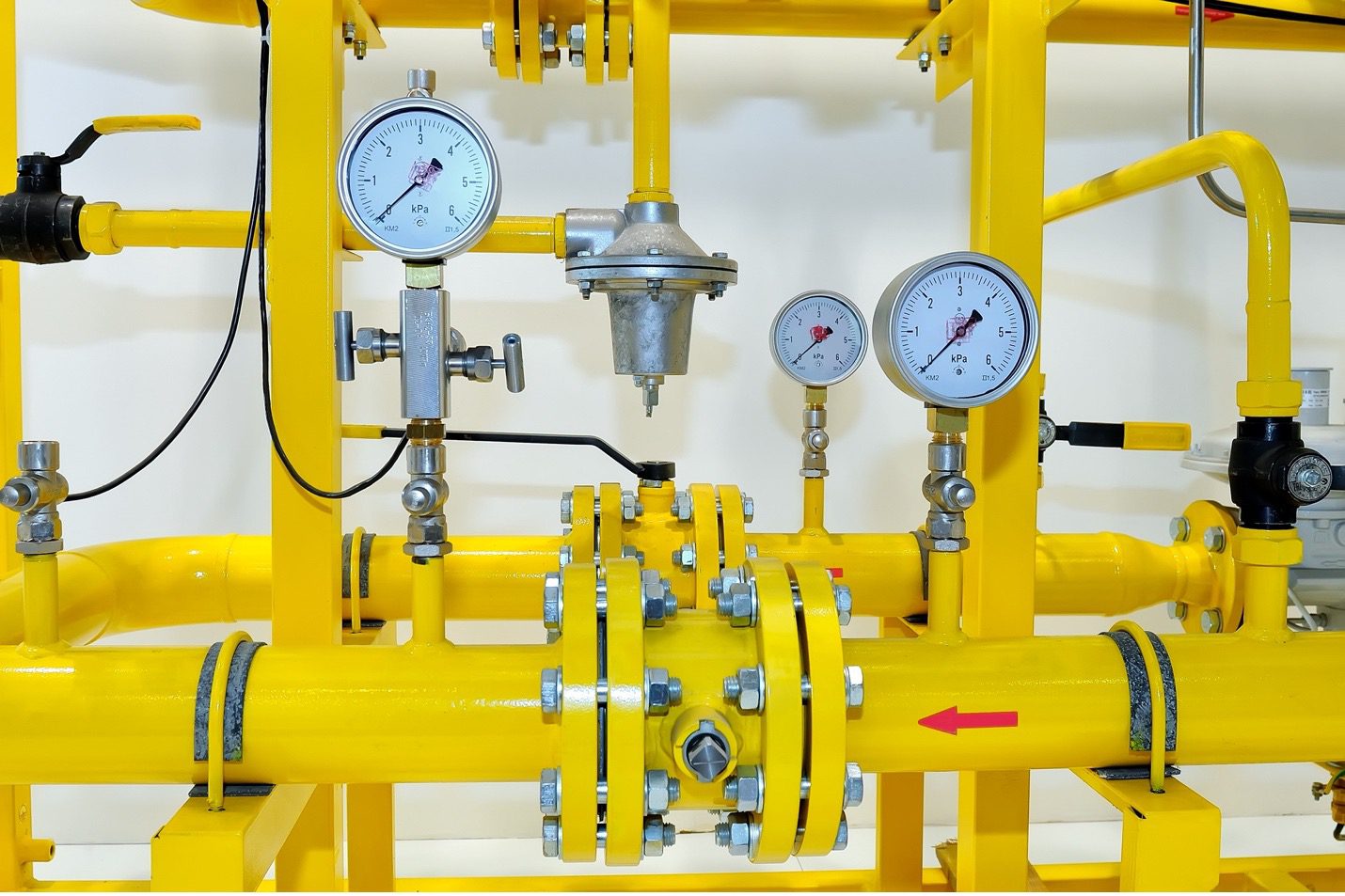
Some combustible gases like natural gas are odorless and colorless, making them difficult to detect in their natural state. That means you cannot detect them through smell. Industries that use natural gas may also find it difficult to monitor processes. Remember natural gas is toxic, making gas leaks a major risk for any environment. That’s where odorization came to life.
In the U.S., odorization became regulated in 1937 after a tragic accident that left 294 students and teachers in a New London, Texas, school dead. In this article, Mid-West Instrument will discuss everything you need to know about natural gas odorization, including who does it and what they use.
What is the Odorization of Natural Gas?
Gas odorization is the process of injecting an odorant into gas to help make it detectable to an individual with an ordinary sense of smell. Many people associate natural gas with a rotten egg smell. However, the strong odor is simply the natural gas odorant. Natural gas in its natural state is difficult to detect. Being extremely volatile and highly unrecognizable makes it dangerous for human use.
What is an Odorant Versus Odorizer?
An odorant is the chemical or compound, often mercaptan, injected into natural gas to make it detectable with its smell. The odorant is likely to be a mixture of organosulfur compounds or non-sulfur compounds. That’s where the rotten egg smell comes from.
An odorizer is the equipment used to inject the odorant into natural gas to odorize it. This can be a bypass odorizer, a wick-style odorizer, or an odorant injection system.
Odorization Equipment
Odorizers or the equipment used to odorize gas infuses the odorant into the gas steam in a natural gas odorizer. Odorizers are designed based on two major principles: chemical injection and chemical vaporization. The vaporization equipment can be a bypass odorizer or wick-style odorizer. The three primary odorant injection technologies used include the electrically driven pump injectors, drip systems, and bourdon tube style. Odorizing companies can use Mid-West Instrument differential pressure gauges to measure and display pressure in natural gases.
What is the Required Odorant Level in Natural Gas?
Companies odorize natural gas when introducing the required trace of organic sulfur compounds into gas distribution and transmission lines portions.
To adhere to the federal regulations, gas companies have to maintain detectable gas odorization levels at one-fifth of the lower explosive limit. It’s critical to monitor and maintain proper odorant levels, as too little odorant provides insufficient protection. Too much odorant can also result in widespread gas leak calls by residential and industrial consumers.
Given that the lower explosive limit for the natural gas is about 5%, the gas must be detectable by smell. It is also important to understand that the sulfur compounds used in odorizing natural gas do not create any serious toxicity problems during combustion. The odorant levels used are also considered nontoxic to commercial and residential users.
Get the Right Equipment for all Measuring and Displaying Needs in Midwest
Looking for a differential pressure gauge manufacturer in the Midwest? Mid-West Instrument has a solution for all your needs. We’re the leading manufacturers and designers of differential pressure gauges and switches in the US. We utilize the latest equipment for manufacturing, testing, and engineering the firm’s gauges and switch products. Contact us for more information about our products.

